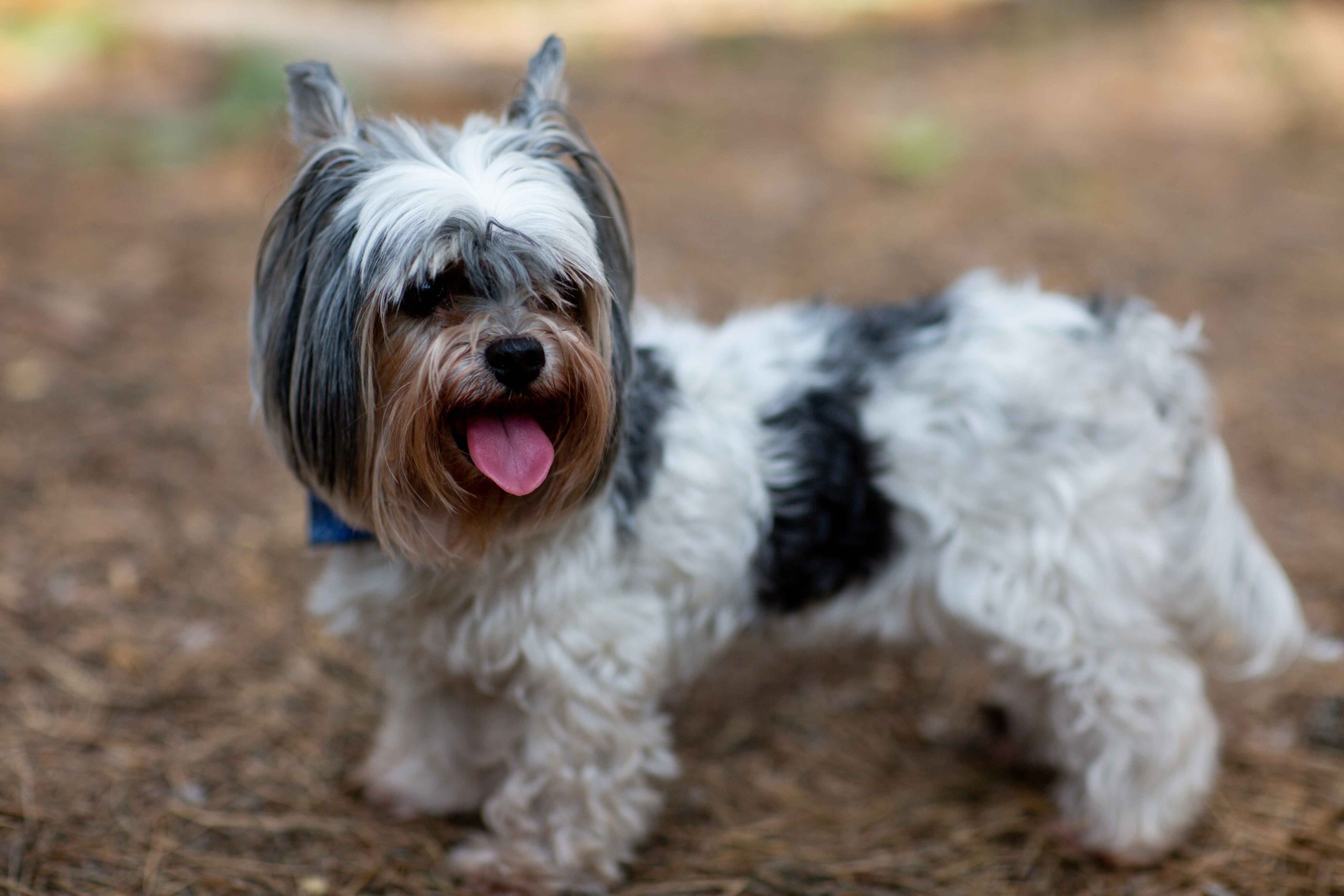Over the years, the Biewer Terrier’s heritage has been an intriguing and much-debated topic. Mr. and Mrs. Biewer started it all by breeding, raising, selling, and showing Yorkshire Terriers instead of having children. Throughout the 1970s and early 1980s, they conducted a significant and successful breeding program. By 1981, their excitement for displaying standard Yorkshire Terriers had waned.
Schneeflockchen von Friedheck was the first known black, white, and tan puppy born on January 20, 1984. Schneeman, a black, white, and tan puppy, was born three months later. These puppies were one-of-a-kind and rare because they carried the recessive piebald gene, which is uncommon in Yorkies. Dr. Bardeleben, their vet and friend, suggested they name the dogs after Mrs. Biewer during a visit one day. They chuckled as they considered the name “Gertrud Biewer Yorkshire Terrier,” but after considerable deliberation, they decided that “Biewer Yorkshire Terrier” was a better fit. Both of these puppies were sold to famed German singer Margot Eskens, who proposed adding “a la Pom Pon” to their names. In 1986, the Biewer Yorkshire Terrier a la Pom Pon made its public debut.
The demand for these rare pups was difficult to meet because the Biewer family did not create many Biewer-type dogs and was very picky about where their dogs were placed. Many breeders attempted to recreate the “Biewer Dog” by combining different breeds. It wasn’t long before Mr. Biewer grew unwell and was unable to assist Mrs. Biewer in carrying out their plan for the Biewer breed. Unfortunately, Mrs. Biewer had to discontinue their breeding program in order to better care for her husband during his illness.




 Health
Health Grooming
Grooming Exercise
Exercise Training
Training Nutrition
Nutrition